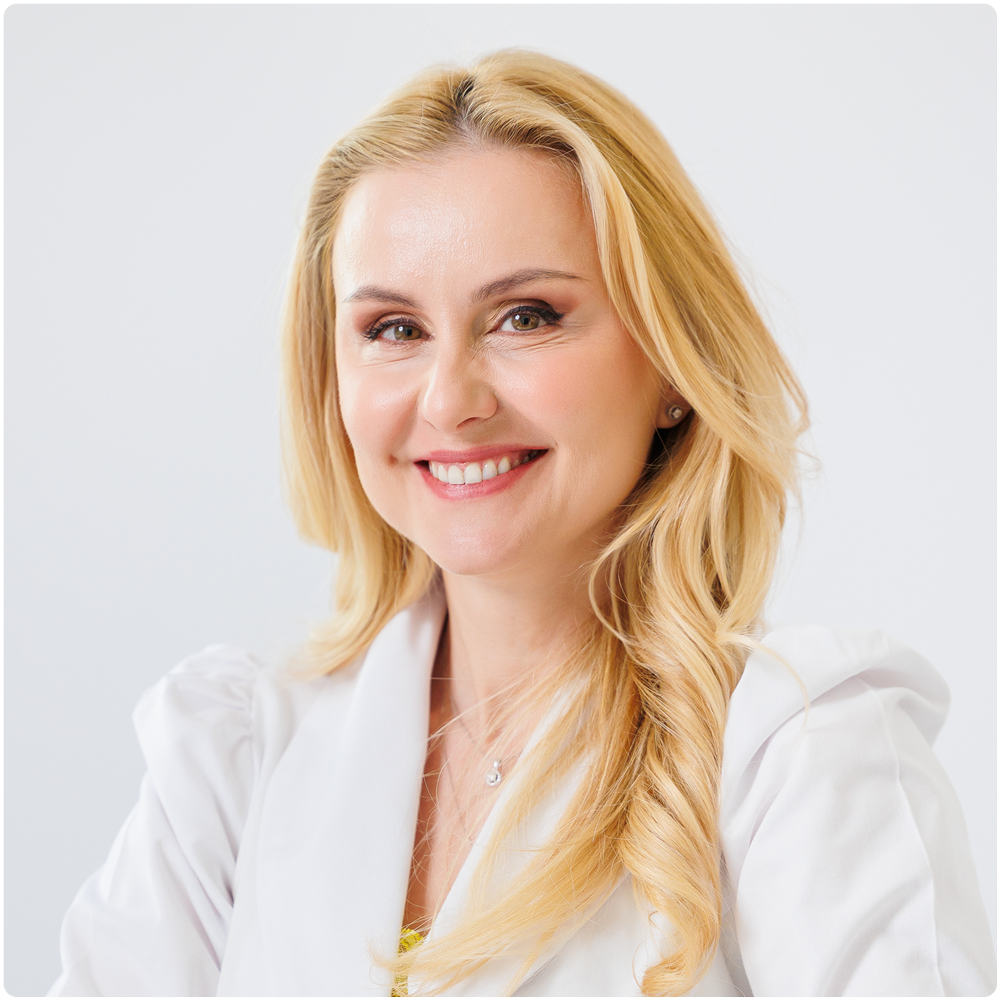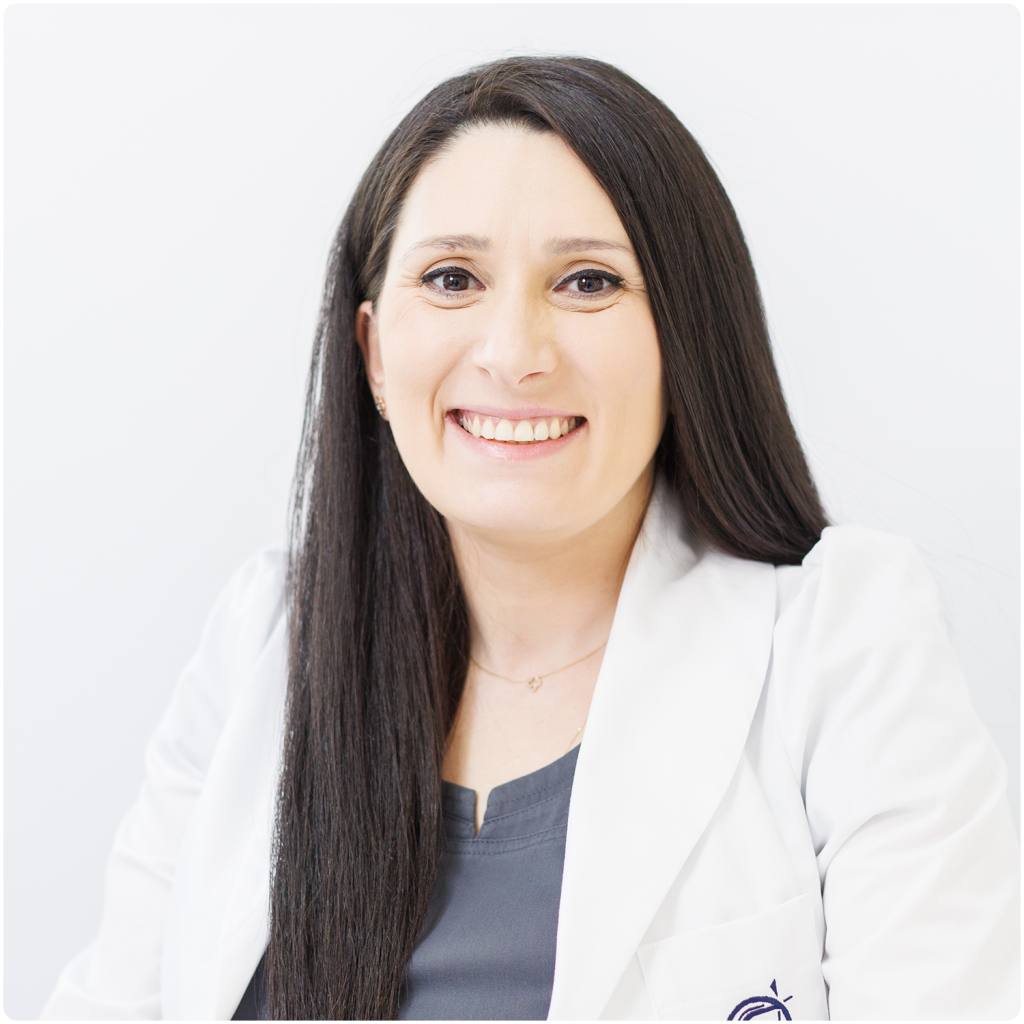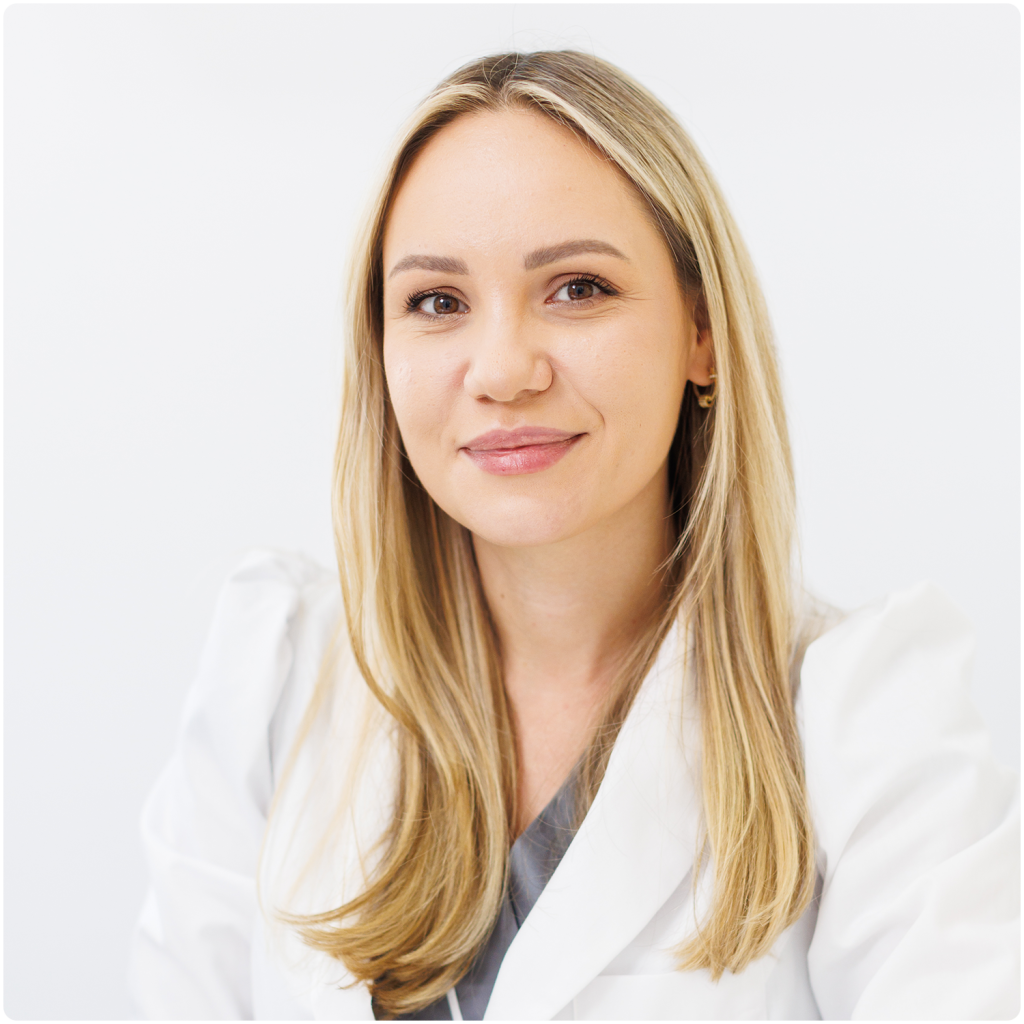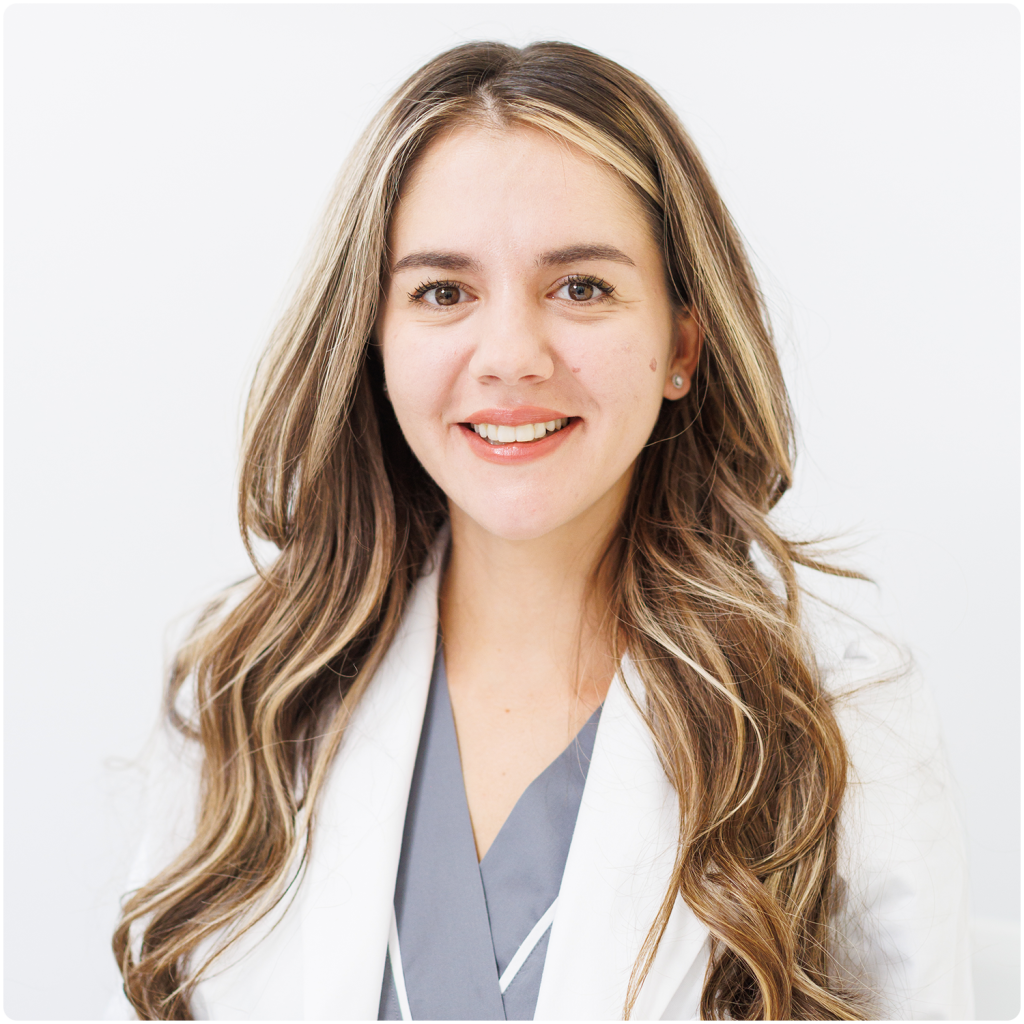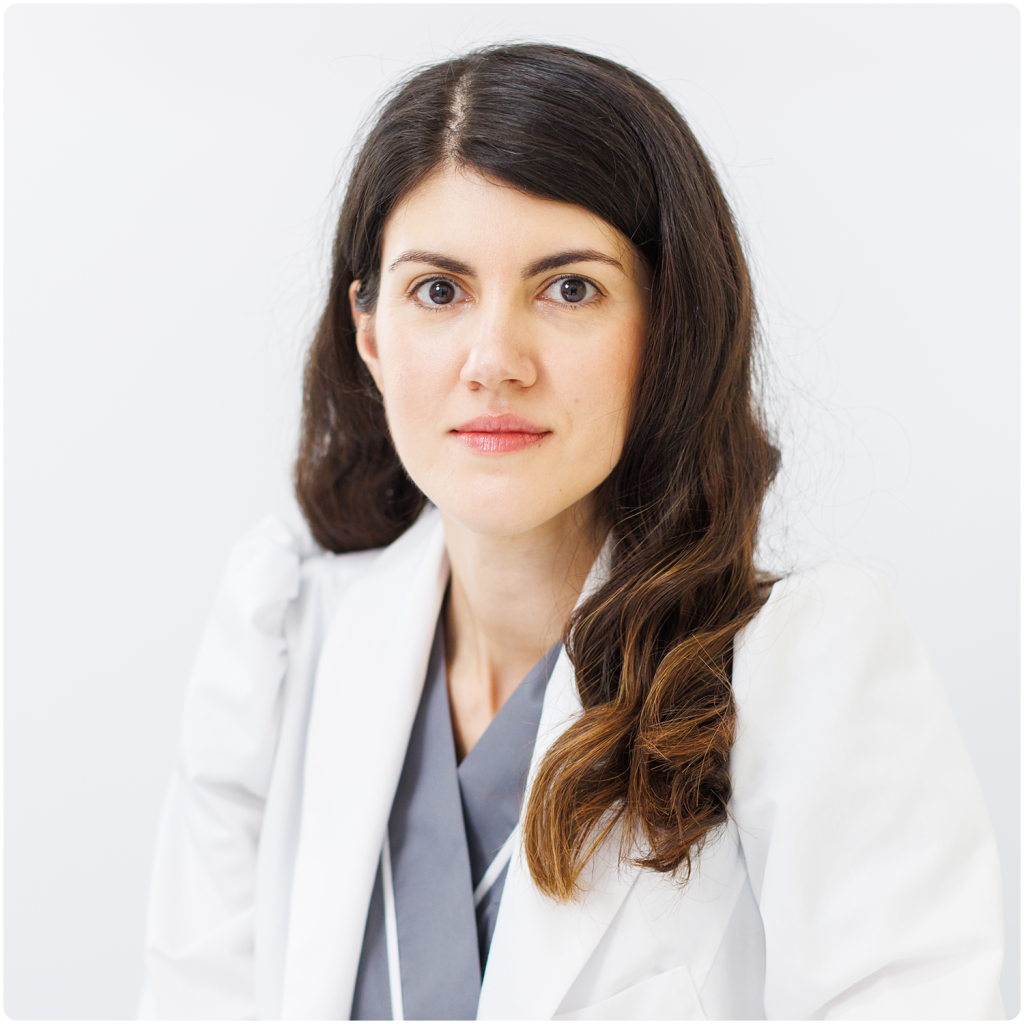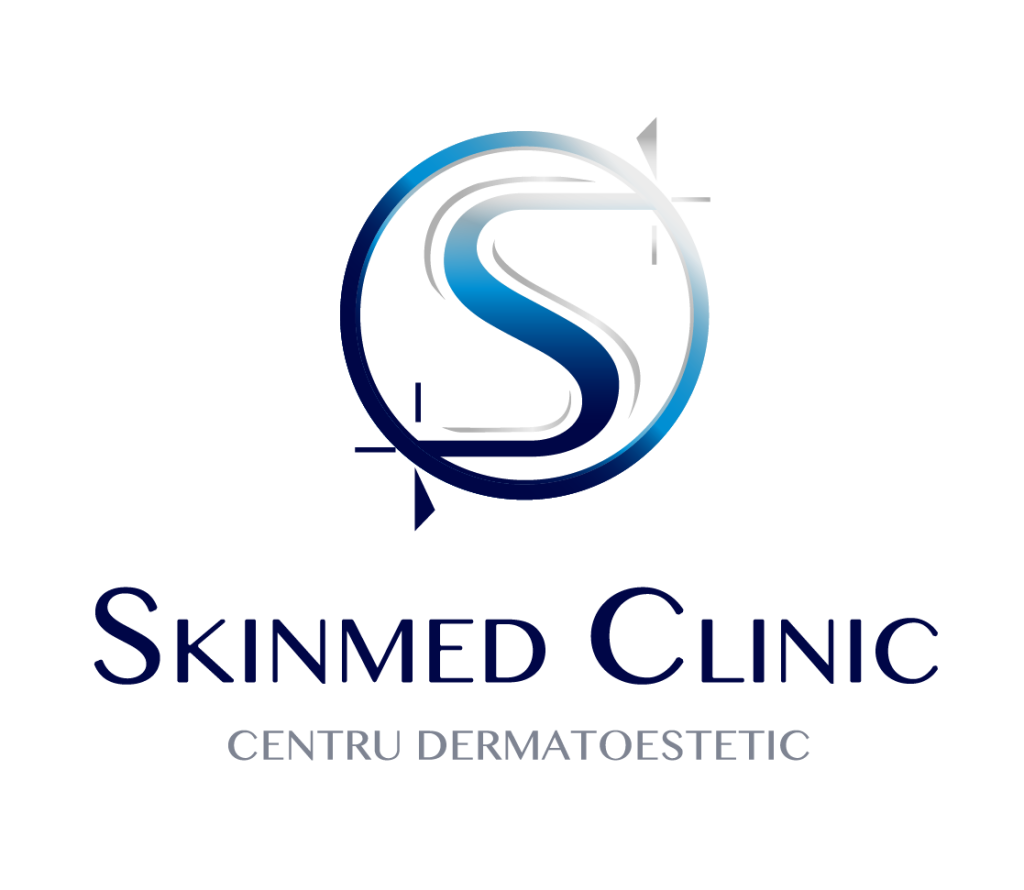Post acne scars can be effectively removed in SKINMED®. Enjoy a beautiful, clear complexion again with the combination treatments performed by our team of specialists.
Who are we talking to?
Treatments for post acne scarring are intended for anyone showing signs of problematic healing of acne-specific lesions.
Why choose SKINMED experts®?
For the best results, you need to see an experienced dermatologist, who will address both the scarring and its causes. In SKINMED®, there are a large number of treatment options, tailored to your requirements. Following your specialist consultation, our doctors will recommend the most effective therapies and possibly specific tests for complete medical safety.
Benefits of post acne scar treatments in SKINMED®
What types of post acne scars can be treated in SKINMED®?
Following poor healing of acne lesions, several types of scarring can occur:
The treatment of post acne scars is long lasting. Patients frequently have several types of lesions, of different sizes and duration, so their treatment must be personalised and tailored to the specific needs of each patient.
What treatment options for postacneal scars exist in SKINMED®
And as for residual acne marks, lasers are proving to be extremely useful, being used with great success in all forms of scarring: both atrophic scars (ice pick, rolling or boxcar type) and hypertrophic scars or post-inflammatory hyperpigmentation. For both recent and old scars, all problems can be solved with laser and other treatments.
See details
ClearLift is a non-ablative laser that helps regenerate skin by stimulating collagen production and cell renewal with photo-acoustic shock waves, without recovery time, falling into the category of "lunchtime procedure". It combines non-ablative YAG laser energy with Pixel Q Switch 1064nm technology and is a completely painless procedure that does not damage the epidermis and requires no anaesthesia, with significant results after a series of 4-6 sessions.
See details
The DYE-VL vascular laser is for patients with both inflammatory acne lesions and post-inflammatory hyperpigmentation spots. It inhibits inflammatory, vascular processes in the skin. The procedure is painless, requires no anaesthesia and involves no recovery time. It is usually used in combination with other treatment methods based on the protocol established by the dermatologist.
See details
In the case of large, old, atrophic scars, the CO₂ fractional laser is of great help, working by creating microcolumns perpendicular to the skin layers, capable of inducing a proper healing response, with collagen production, and scar filling. A minimum of 4 sessions are required, spaced every month, and can be integrated into complex treatment protocols when dealing with significant scarring.
See details
Pixel RF is a minimally invasive procedure with similar benefits to CO₂ laser therapy, but with fewer side effects than laser, making it an attractive choice for the patient. Pixel RF is multi-headed, with the ability to work on a wide range of scars, such as atrophic post acne scars, including ice-picks or hypertrophic scars
See details
Microneedling is a form of mesotherapy, which is performed with a specialised device instead of the traditional syringe. Microneedling produces a superficial, rapidly reversible injury that triggers a healing response in the skin, stimulating collagen and elastin synthesis and creating multiple permeable channels for the active substances applied to the skin during the procedure.
See details
PRX-T33 is an innovative trichloroacetic acid, kojic acid and hydrogen peroxide treatment that combines the benefits of a medium peel (TCA) with no recovery time and no pain, making it a year-round treatment. PRX-T33 stimulates skin regeneration through collagen synthesis and is useful in the treatment of both atrophic scars and hyperpigmentation.
In SKINMED® - Centre of Excellence in Dermatology - you will find highly experienced specialists working with the latest results of medical research on prevention and treatment, using state-of-the-art medical equipment and products. We look forward to meeting our doctors for a treatment tailored to your needs!
Doctors EXPERT in scar diagnosis and treatment
SKINMED experience and technology®,
for impeccable appearance!
Advantages SKINMED®
Experience
- Over 19,000 patients treated in the clinic
- Over 300 new patients every month
- Over 3500 new patients annually
- Over 20000 treatments per year
Credits
- FOTOFINDER-accredited Centre of Expertise in the Diagnosis and Treatment of Skin Cancer
- ALMA LASER accredited laser treatment centre of expertise
- ALLERGAN accredited centre of expertise in Aesthetics and Medical Injecology
Safety
Only world-class accredited technologies
Other treatments you might be interested in
Frequently asked questions
What are post acne scars?
Scarring is the final healing process after a tegumentary injury. There is no perfect scarring because of the associated inflammatory process. The greater the degree of inflammation, the greater the risk of vicious scarring. Acne, being a chronic inflammatory condition, will leave a high percentage of scars, which can have a strong psycho-emotional impact.
What types of scars occur in acne?
There are three main categories of scars: atrophic, hypertrophic and hyperpigmentation. Atrophic scars are those that appear as underdevelopments, depressions and, depending on their shape, are further divided into three types: ice pick, boxcar and rolling. Hypertrophic scars are those that go beyond the plane of the skin, are raised, sometimes erythematous, but do not go beyond the outline of the original lesion. When the contour is exceeded and the scar has significant hypertrophy, we speak of keloid scars. Post-inflammatory hyperpigmentations are those brownish red patches that remain after inflamed acne lesions. Frequently the patient associates several types of scars, of varying shapes and sizes.
How are post acne scars treated?
The treatment of post acne scars is complex and, in order for them to be treated correctly, it is preferable to start only after the active acne lesions have been controlled. In general, postacneal scars are treated using dermato-aesthetic procedures such as lasers or microneedling, associated in personalised treatment protocols, and always with a skincare routine.
What treatment options are there?
Fortunately, with advances in medical technology, existing treatment options guarantee significant improvements in scarring. Topical treatment is limited in its effect. In general, it is dermato-aesthetic procedures that bring improvements. Lasers are used in dermatology for the correction of scars, regardless of their shape. In the case of erythematous or even hyperpigmented scars, the vascular laser is the choice, with 2-4 sessions required. The procedure is painless, requires no anaesthesia and no recovery time. Recent, mild atrophic scars can be corrected with the ClearLift laser, based on photoacoustic shock waves, painless, no recovery time, on average in 4-6 sessions. Older, significant atrophic scars need resurfacing laser therapies, such as fractional CO₂ or fractional radiofrequency lasers, procedures that allow more significant scar healing; these are performed under topical anaesthesia and involve a recovery time with erythema and scaling of 5-7 days, usually requiring a minimum of 4 sessions. Mesotherapy/microneedling may also be useful for atrophic scars.
In general, the treatment protocol will be a complex one, established during the initial consultation by the dermatologist.

